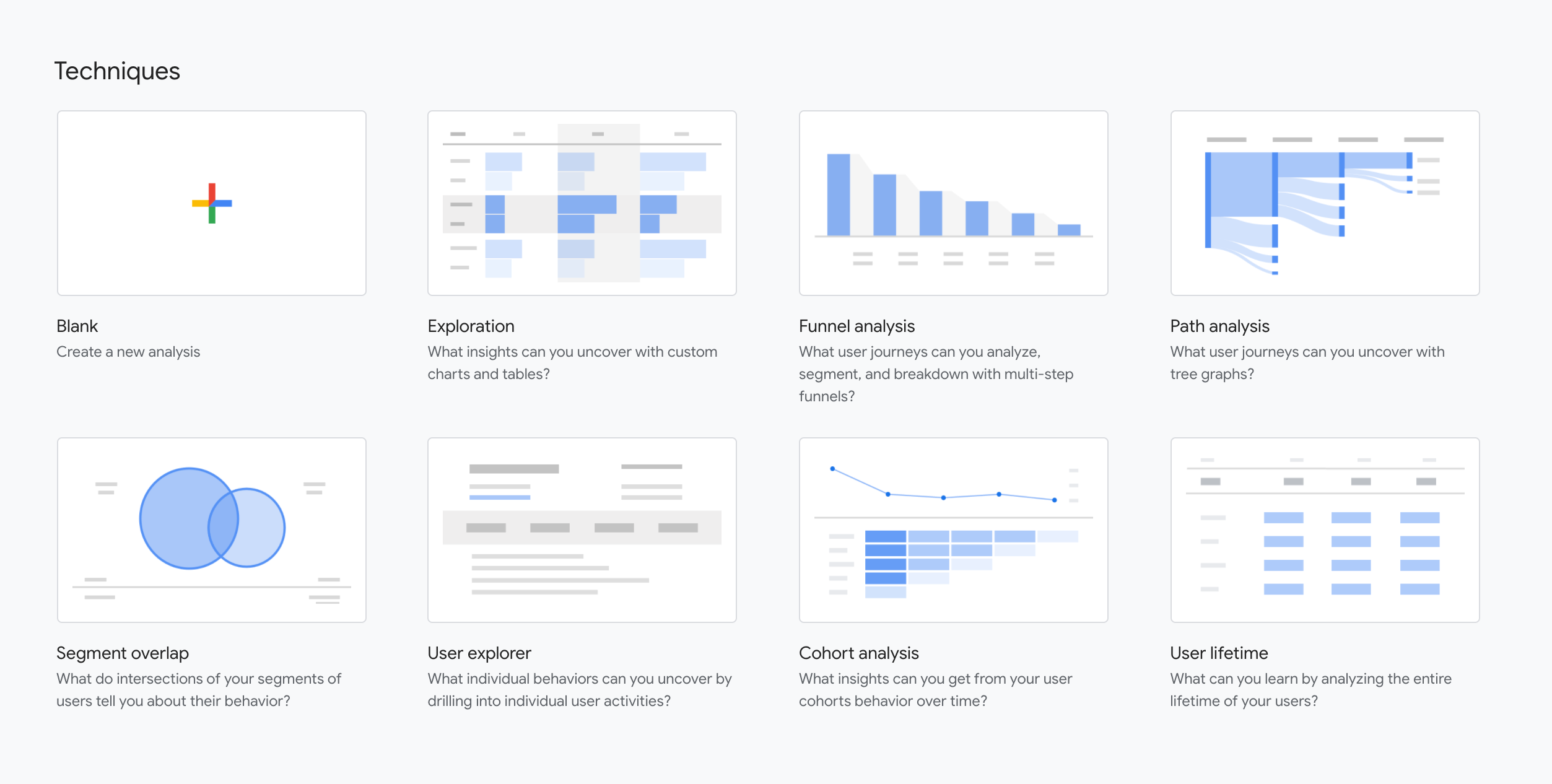
What Digital Marketers Should Do Now and After the Coronavirus Ends
As of this writing, we’re in the heat of the coronavirus pandemic. This crisis has forced many people to hunker down at home and has affected countless businesses.
The situation is constantly changing, and people are naturally worried about how bad things are going to get, especially for the U.S. economy.
Despite this uncertainty, there are things you can do right now to maximize your digital marketing results during the pandemic and prepare your business for when things return to normal.
Monitor Your Key Performance Indicators (KPIs)
The first step is to check your key performance indicators (KPIs) and act accordingly.
If Your KPIs Are Up…
Charge full speed ahead. In some industries, such as e-commerce and healthcare, business is booming during the coronavirus due to a sharp increase in demand.
Some businesses are getting insane results thanks to their expertise and the COVID-19 crisis. For example, telecommuting software (e.g., Zoom, G Suite, Teams) and home fitness equipment are top of mind right now. With regard to the latter in particular, one of our clients is seeing some of its best return on ad spend to date because all of the gyms are closed and everyone is turning to home fitness equipment as an alternative.
If Your KPIs Are Normal…
Have your results remained relatively the same? If so, simply continue doing what you’ve been doing. Just charge forward to bring better results.
If Your KPIs Are Down…
Don’t cut your marketing budget just yet. Instead, create a “pivot” plan.
Look beyond your current short-term situation. Look at what is working, and create an action plan around that for the future. Figure out what you can do to be active and improve your marketing performance.
For instance, you may notice that people are still reading your content or searching for it even if they’re no longer hitting all of your pre-COVID-19 objectives (e.g., demos, downloads, purchases, etc.). That could very well highlight an opportunity for you to continue engaging prospects and staying top of mind, even if they don’t necessarily intend to take action right now.
Right now, your priority should be to focus on top-of-funnel marketing awareness. Step into the customer’s shoes. Figure out how they’re feeling right now. Here are some questions you should ask yourself:
- What are they concerned about the most? How have their needs changed?
- Why are they no longer converting like before, and are there potential opportunities that we may have overlooked?
What can we do to help them without forcing them to leave their home?
Basically, you want to figure out what you can offer your prospects and customers and how to carry that offer down the marketing funnel. That way, the business you saw before the crisis can return to full blast when people eventually resume their normal lives.
This could mean changing your current imagery, ads, and offers. It could also mean pivoting away from bottom-of-funnel sales to get as many people on the prospect list as possible (if you’re in B2B).
Look at KPIs at each stage of the marketing funnel. If sales isn’t closing, that’s a sales problem, not a marketing problem. Do what you can to build your prospect pool and nurture them until they’re ready.
You have to find some way to be unique and helpful that will be of business value during these trying times. Figure out a way to address people through virtual channels that shows that you’re aware of the current climate and ready and able to offer a solution.
Think, Don’t React
Emotions are high because of COVID-19, and that can lead to some irrational decision-making based on short-term panics and events.
Right now, businesses shouldn’t act merely on instinct inside digital channels because those channels are dynamic marketplaces. Your success (or lack thereof) is just as much down to what you’re doing as it is down to what others are doing. You need to look at your own data more closely. Don’t just copy what other people are doing. Follow the results.
With COVID-19, we’re seeing conversion rates decreasing in many instances. You might know other business leaders that have pulled ad spend due to a drop in performance. You might want to freeze everything until you have a plan that you believe is tailored to this volatile situation.
But if your competition is pulling out, then that must mean the marketplace has become cheaper for you. If you can fill that ad space at a lower cost to offset short-term changes in your conversion rate, then you may actually see business as usual if you maintain your cost per conversion.
What you ultimately want is the highest ROI possible given these unique circumstances. Based on how quickly things are changing on LinkedIn, Facebook, Google ads, and similar platforms, there’s often less competition than before.
Historically, whenever there was a major change in how the world did business, there was always an opportunity for somebody. Someone always finds an angle and a way to pivot in these kinds of circumstances.
When social media was first emerging, for example, agencies who knew how to market on social media rode that wave. The old agency dinosaurs who didn’t were swiftly overtaken. The same thing happened during the dot-com boom, when there were agencies that didn’t recognize the power of the internet and those who did; the latter reaped enormous profits. Now, you need to figure out how to tailor your business to a world of self-isolation.
Nurture for the Future: The Money’s in the List
These days, the old phrase “the money is in the email list” is resurfacing, and for good reason. You definitely need to build up your brand awareness during the COVID-19 pandemic. You need to form a relationship with prospects and your key audience segments.
What about industries that are clearly in the dumps? The hospitality and travel industries are hurting and laying off employees. If your current business is dependent on people moving around, then marketing is naturally going to be a huge challenge for you right now.
Let’s say you’re in the travel industry. If people are stuck at home, you better believe they’re dreaming about where they can go when they can. One of the biggest weeks for tourism search volume is between Christmas and New Years. That’s because people are dreaming about where they want to go since they’re with people they want to travel with, at home, have free time, and it’s cold. Guess what? This happens to accurately describe most people right now.
Get on their list so that several months down the line, prospects think of you when it is time to purchase and celebrate the end of COVID-19, which will eventually come. Always check if there’s still search volume before giving up. Meet the mind of the customer or prospect where they’re at in the consideration stage. They’re currently brainstorming tourist destinations rather than buying. Get on their evaluation list for now—consider it an investment that will pay off in the future.
In the B2B industry, people will have to make that business decision at some point, even if it’s not now. You may have focused on driving demos or meetings in the past, but if that’s not working, and you see that people are still downloading resources, pivot to at least get as many people to download your content as possible.
Rely Less on Automation
You have to keep in mind that Google and Facebook trained their AI algorithms under the (safe) assumption that the world is not constantly faced with a global pandemic. Under otherwise normal circumstances, past results likely predict future results with regard to automation. But COVID-19 certainly isn’t normal.
Since everything is so uncertain in the current situation, we as an agency are spending more time hands on and backing away from AI-based automation in cases where input signals are too volatile to get reliable results for certain clients.
If the economy is changing on a daily, sometimes hourly, basis, then it’s possible that ad spend, ROI, and viable techniques could change at a similarly rapid pace. Now more than ever, we ramped up monitoring of delivery more than usual to avoid sudden spikes or valleys. We’re staying on top of the data to make changes and communicate updates quickly to our clients.
Plan for the Future (After COVID-19)
Don’t make short-term decisions based on short-term data. Think long term. People’s concerns about basic needs and money will eventually return to normal. More than ever, marketers must be socially aware. When people are going through these times, use ads that respect how people are feeling. This means you’ll need to understand and sympathize with the psyche of your prospects.
Of course, you shouldn’t just throw away your creatives because they don’t work right now. It’s not that they’ll never work again; they’re just not relevant to the current circumstances. Put them on the shelf for when things return to normal.
What We’re Doing
Here are the specific things we’re already doing at WebMechanix to mitigate performance volatility:
- Actively blocking ad placements surrounding virus topics and the news.
- Recognizing that short-term data in this unique time does not predict the long term.
- Pulling back from AI-driven automated functions to avoid spiraling costs for clients seeing volatility in their KPIs.
- Ramping up monitoring of delivery to avoid unexpected spikes or valleys.
- Monitoring competition. Many clients have seen performance improvements in some cases due to competitors pulling out and making the marketplace cheaper.
- Considering opportunities up the funnel if our customers or prospects appear less likely to convert to business right now. We can prepare to come out of this stronger by nurturing them.
Conclusion
If you can’t offer hard value right now, offer soft value: get as many people in the prospect pool as possible, nurture them, and get your sales team ready for the post-hurricane rainbow that’s on the horizon. That way, when we come out of this crisis, you’ll be top of mind and ready for your prospects.
If your down-funnel marketing action is slowing down or becoming ineffective, build a ton of intent in the consideration stage. That might mean you engage prospects now and get them onto an email list while tapering down your investment in sales.
The more you build your audience, your email list, and your brand right now, the faster you’ll be able to jump back into action when the economy starts to roll again. Find a way to still be helpful, and you’ll be remembered and rewarded when people start spending again.
Most newsletters suck...
So while we technically have to call this a daily newsletter so people know what it is, it's anything but.
You won't find any 'industry standards' or 'guru best practices' here - only the real stuff that actually moves the needle.






